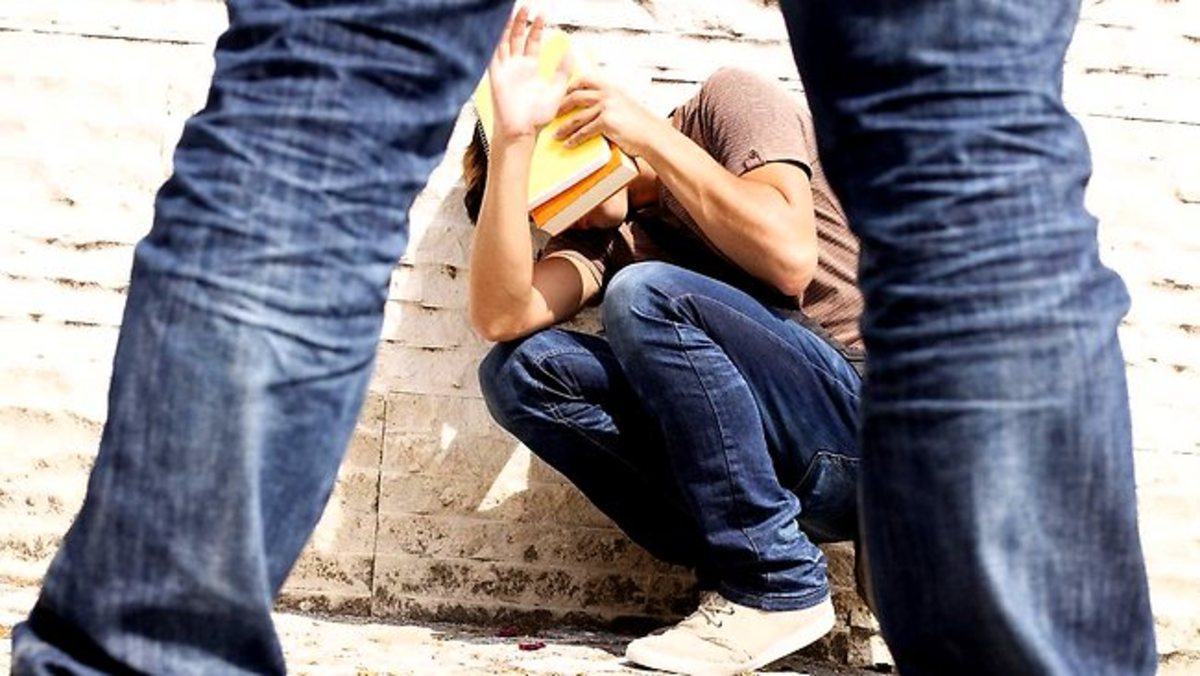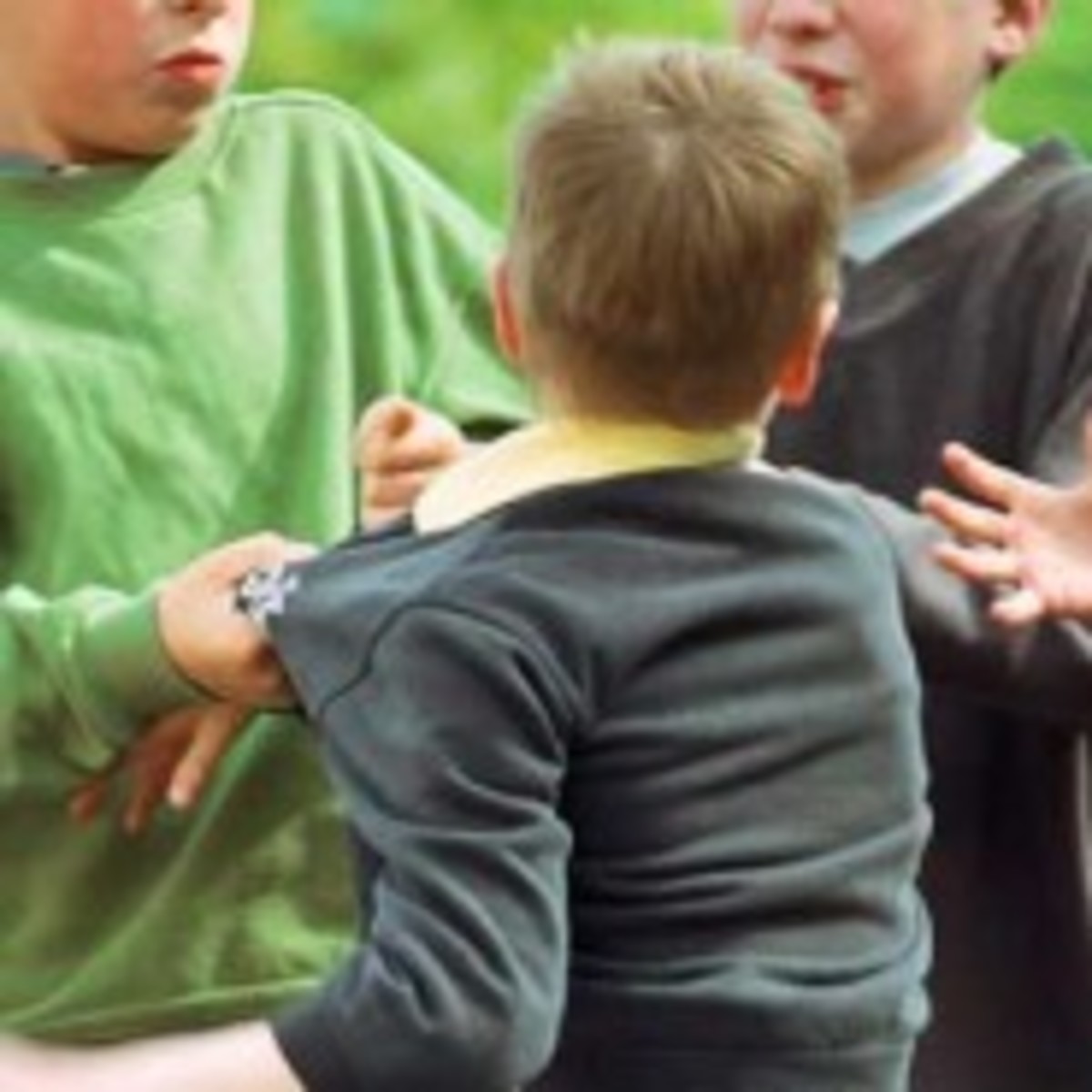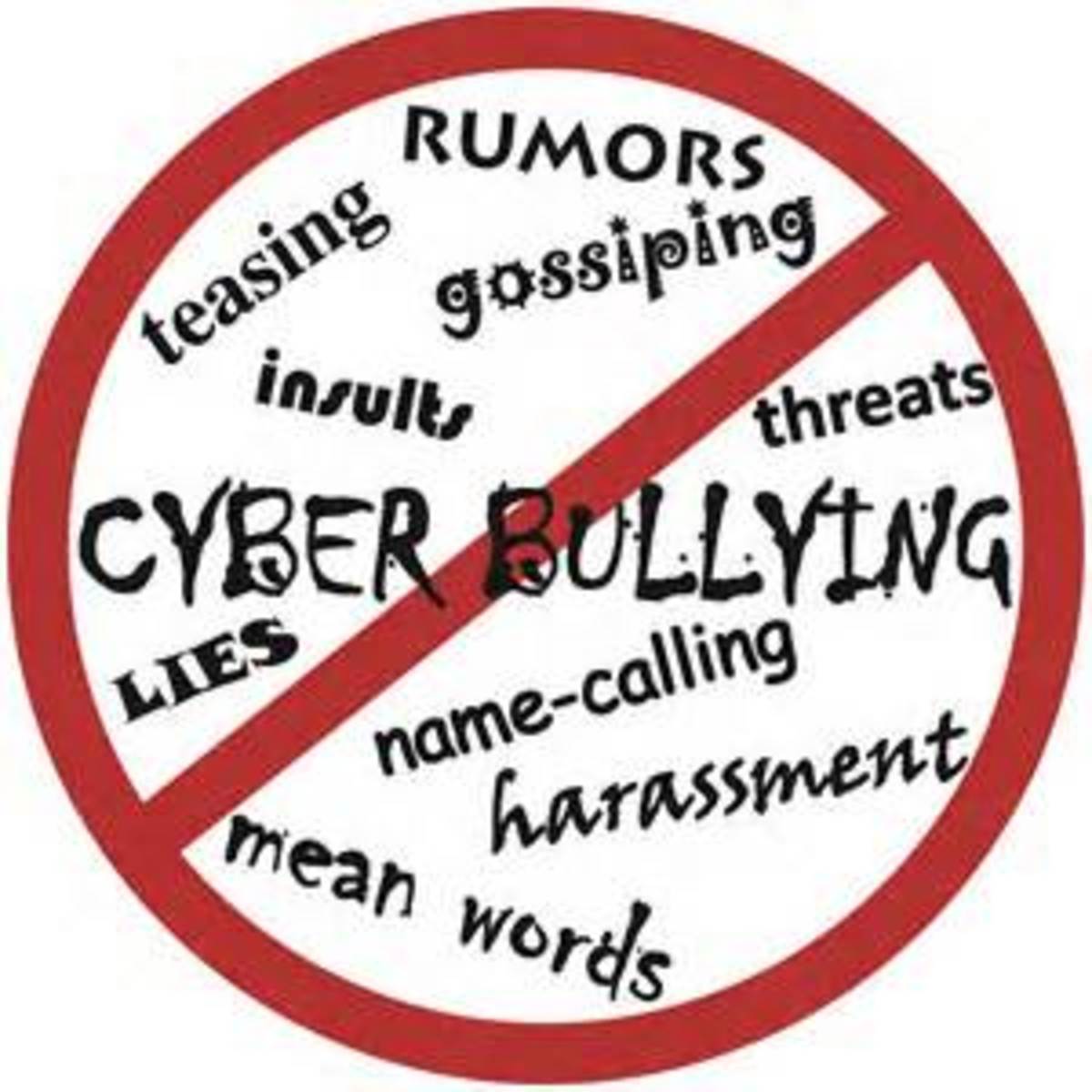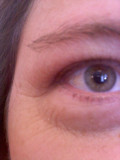A Better Approach to Dealing with School Bullies

Bullying Statistics
Current research suggests that around seven percent of students in schools are bullies and between ten and twenty percent are victims of bullying. For a bullying situation to occur, there must be a bully (the individual who seeks out victims to victimize), the potential victim who is substantially weaker than the bully in one or more ways, and there must be a location that has limited adult supervision such as a hallway, bathroom or playground. Bullying can also occur when students are in transit to and from school when using public transportation of some kind (school bus). Remove any of these factors and bullying does not occur.
Another important element in bullying situations is that other student bystanders are present to encourage the bully or to protect the victim. This factor could be a pivotal key to preventing further acts of bullying and violence in the school.
Victims Should not be Held Responsible for the Bully's Actions
When my daughter recently started back to school, in her school rules handbook, the issue of bullying was included in the handbook. The instructions for any victim were that before the school would act against the bully, the victim was required to confront the bully and say that he or she felt that the bully was bullying him or her. The idea was that perhaps the bully did not realize that he or she was bullying and that bullying was somehow an opinion of the victim rather than an actual act of violence.
Another attitude that has been around since bullying began is that bullying occurs because the victim appears vulnerable and if the victim confronts the bully, the bully will back down. My experience is that only happens on television.
A third attitude is that if the victim ignores the bully, the bully will not get the attention that the bully wants and the bully will go away. My experience is that does not work either.
The Fault of Bullying Lies with the Bully
In each of these so-called solutions, it is somehow the victim’s responsibility to deal with the problem rather than anyone in authority actually dealing with the problem. In this case, the problem is the bully. We have an individual who somehow feels as though he or she requires more power.
As I see it, the type of power that this bully seeks is the same type of power that a rapist seeks when he or she rapes another individual. This type of power is sought in sexual harassment cases as well. This individual is creating a hostile work (or in this case school) environment in that it makes the victim have difficulties in managing everyday situations.
The idea that somehow the victim is responsible for stopping the bullying originates from the same myth that people once used to say about rape victims. Somehow, the victim is responsible for the incident from ever occurring. Perhaps she or he was dressed wrong. Perhaps he or she was in the wrong part of town. We had the idea that rape was a sexual problem, but we now know that was not the case. The victim of rape and sexual harassment is not the one at fault. Rape and sexual harassment are not sexual problems. They are evidence of the perpetrator’s desire for more power and recognition.
The School’s Responsibility Regarding Bullies
Just as rape and sexual harassment are not the victim’s fault, neither is bullying the victim's fault. The fault lies with the bully, and It is time that schools developed zero tolerance for bullying.
To improve student supervision by teachers, cameras placed in strategic places could assist teachers in better supervision of students, but such cameras should not be allowed in restrooms because that would be a serious invasion of privacy.
As alluded to earlier, students who observe incidents of bullying violence should be held responsible for their compliance with the bullying incident. The student policy handbook should explain the rules and consequences of these situations. Students should be encouraged to report bullying incidents to supervisory teachers in the area. The school should reprimand students who observe the bullying but do nothing about it. Cameras may be used to determine who these students are, and the students could be required to attend after-school or Saturday morning lectures on the school’s anti-bullying policies along with the bully. A second offense could include the parents in the anti-bullying lecture.
Educators should impose appropriate consequences on students who bully. The school should give lesser consequences to the smaller acts of bullying (mild teasing) and more serious consequences for more serious or chronic bullying (inflicting physical harm or long-term harassment on a victim). Teachers and other staff training should include the use of the same consequences for the same behavior in order to ensure consistency and fairness. The policy should include informing the parents anytime the school disciplines a student for bullying. For minor incidents, the school can simply notify the parents by phone, but the serious acts should be dealt with in a parent conference. If parents deny a problem exists, or refuses to cooperate, show the parent all documented evidence (including camera surveillance) of the child’s behavior. Be certain that the parent knows that the school will monitor the child’s behavior closely and will take appropriate disciplinary steps if the bullying continues.
What Parents Can Do about Bullying in the School
Parents do not have to sit on the sidelines and let bullying happen in their child's school Here are a few tips on what they can do in response to someone bullying their child in school.
(1) First you must recognize the warning signs that your child may be a victim of bullying or that your child has witnessed bullying. Behavioral changes may indicate that bullying has occurred. If you note behavioral changes, be sure to ask your child if he has been a victim or has watched someone else being victimized.
(2) Does your child feign being ill to get out of going to school? Your child’s resistance to going to school may be evidence that your child is being bullied in school.
(2) Children often will not ask for help but will accept help if it is offered. Once you discover that there is a problem with bullying, immediately seek a remedy to the problem. If the child is in danger of harming himself or herself, is in danger of harming others, or has been harmed by others seek immediate medical attention.
(3) Know what your school’s bullying policy is as well as your state laws concerning bullying policy.
(4) If you believe that your child has been involved in a bullying incident, communicate with your school about the incident. If you do not get the needed assistance from the school, contact community officials about the situation.
(5) If you have determined bullying has occurred, learn how you and school or community officials can work together to support your child, whether they were bullied, bullied others, or witnessed bullying. Learn also about considerations for specific groups.
(6) . If the bullying involves harassment based on race, color, national origin, sex, or disability, and has not been addressed adequately, contact the U.S. Department of Education and the U.S. Department of Justice.
Everyone Is Responsible!
Reporting and dealing with bullying should not be left for victims to handle alone. Everyone has a part to play in preventing individuals from bullying others. Students who observe bullying should report bullying to supervisors. Schools can provide strict guidelines and supervision in order to keep bullies from access to their victims. Parents can put pressure on the schools and states to provide policies to provide environments for their children which are safe from bullying.
© 2013 Cygnet Brown








